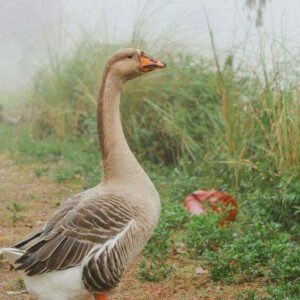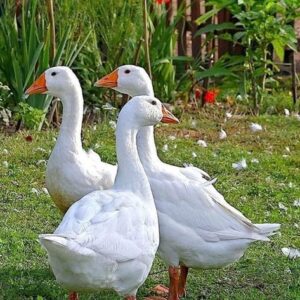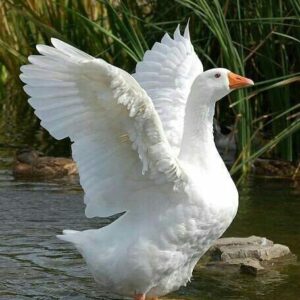The Canada Goose: A Majestic Waterfowl Species
The Canada Goose (Branta canadensis) is one of the most recognizable and widespread waterfowl species in North America. With its distinctive black head, white patches on its face, and brown body, this majestic bird is a common sight in parks, fields, and wetlands across the continent.
Physical Characteristics and Identification
The Canada Goose is a large bird, typically measuring between 64-79 inches (163-201 cm) in length and weighing between 5-14 pounds (2.3-6.3 kg). Its distinctive black head and neck, white patches on its face, and brown body make it easy to identify. The Canada Goose also has a distinctive honking call, which can be heard during migration and in its habitats.
Habitat and Migration
Canada Geese can be found in a variety of habitats, including parks, fields, wetlands, and coastal areas. They are migratory birds, traveling long distances between their breeding grounds in the northern parts of North America and their wintering grounds in the southern parts of the continent. During migration, Canada Geese fly in V-formations, which help to reduce wind resistance and conserve energy.
Behavior and Social Structure
Canada Geese are social birds that live in large flocks. They are known for their strong social bonds and often form long-term pair bonds. During breeding season, Canada Geese are fiercely protective of their nests and young, and can become aggressive if they feel threatened. In the wild, Canada Geese can live up to 10-15 years, although some have been known to live longer.
Diet and Foraging
Canada Geese are herbivores, feeding on a variety of plants including grasses, aquatic vegetation, and grains. They can often be seen grazing in fields and parks, and can be a nuisance in areas where they congregate in large numbers. In addition to grasses and plants, Canada Geese also eat berries, seeds, and other vegetation.
Conservation Status
The Canada Goose is listed as a species of least concern by the International Union for Conservation of Nature (IUCN). However, habitat loss and degradation, as well as hunting and poaching, can pose threats to local populations. Conservation efforts, such as habitat restoration and protection, are important for maintaining healthy populations of Canada Geese.
Interesting Facts
– Canada Geese are known for their impressive migration journeys, with some populations traveling over 3,000 miles (4,800 km) each way.
– Canada Geese are monogamous, with many pairs staying together for many years.
– The Canada Goose is an important part of many ecosystems, helping to disperse seeds and maintain vegetation.
Conclusion
The Canada Goose is a majestic and fascinating waterfowl species that can be found in many parts of North America. With its distinctive appearance, impressive migration journeys, and strong social bonds, this bird is a popular sight among birdwatchers and nature enthusiasts. By learning more about the Canada Goose and its habits, we can appreciate the importance of conservation efforts and work to protect this incredible species.







Reviews
There are no reviews yet.